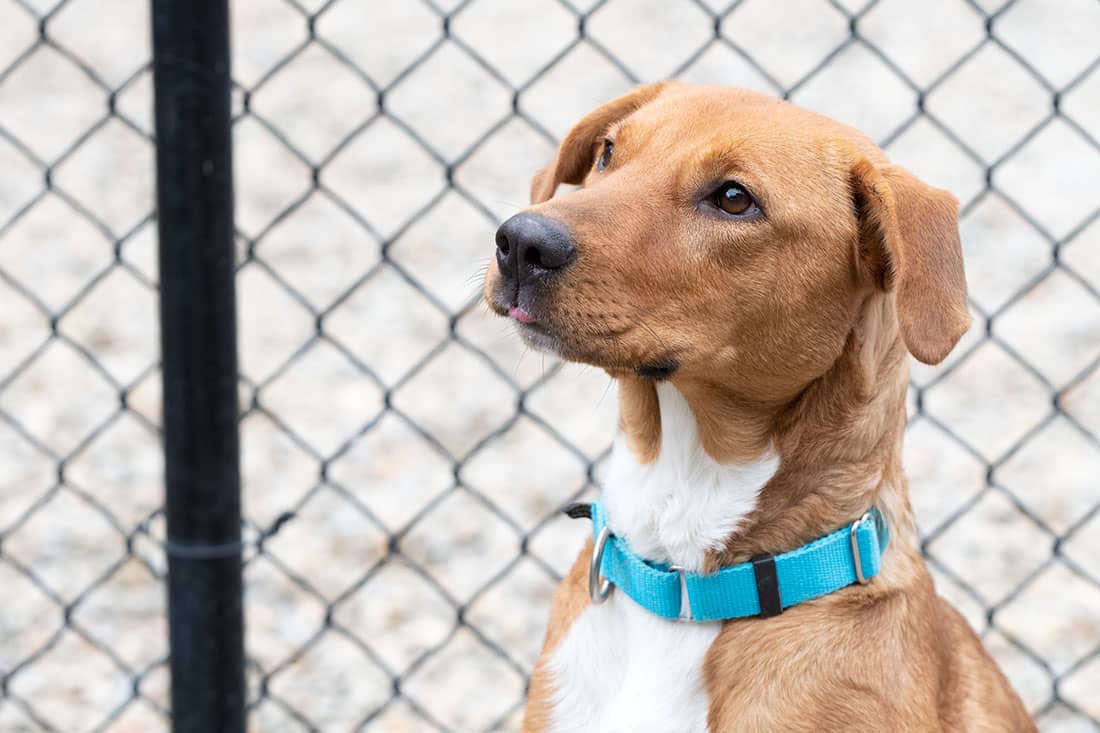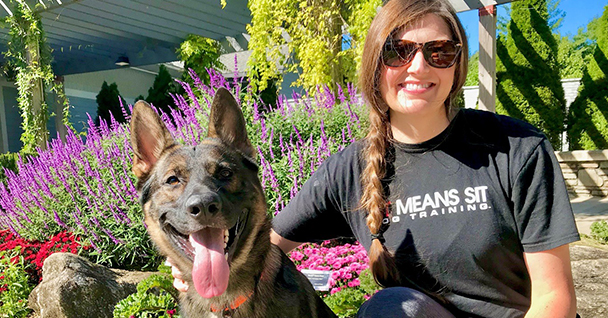The Benefits of Very Early Dog Training for a Mannerly Pet
The Benefits of Very Early Dog Training for a Mannerly Pet
Blog Article
Necessary Tips for Successful Dog Training: An Overview for Pet Owners
Effective dog training is a complex process that calls for a strategic method customized to both the animal's temperament and the owner's goals. Recognizing exactly how to browse these challenges can dramatically boost the training experience, ultimately changing the relationship between proprietor and dog.
Recognizing Dog Behavior
Comprehending pet behavior is essential for efficient training and promoting an unified connection between pooches and their proprietors. Pets connect largely with body movement, articulations, and activities, making it essential for proprietors to interpret these signals precisely. Recognizing a canine's pose, tail setting, and ear alignment can give insights right into its emotional state. A wagging tail does not always indicate joy; it can additionally signify exhilaration or stress and anxiety.

Socializing plays a significant role in pet actions; direct exposure to numerous atmospheres, individuals, and other animals can significantly influence a dog's personality. Additionally, variables such as type characteristics and specific character ought to direct training methods, as some types might have details behavioral traits that require customized methods. By recognizing these elements, proprietors can create a supportive setting that urges favorable actions, bring about successful training results and a deeper bond with their pets.
Establishing Constant Commands
Effective communication with your canine begins with establishing consistent commands. This fundamental element of training is crucial for fostering understanding in between you and your pet. Uniformity in the commands you utilize makes certain that your dog can accurately connect certain words or phrases with the desired actions.
When choosing commands, choose clear, distinct words that are very easy to say and differentiate from each other. Prevent making use of similar-sounding commands that may puzzle your canine. Using "rest" and "remain" is proper, however "sit" and "struck" might lead to misconceptions.
Furthermore, preserve the exact same tone and quantity for each and every command. Pets are sensitive to vocal hints, so varying your tone can develop complication.
It is equally important to make sure that all member of the family get on the very same web page relating to the commands made use of. A united front in command use will certainly protect against mixed signals and reinforce the discovering process.
Favorable Support Techniques
The power of positive reinforcement in canine training hinges on its ability to encourage preferred habits through incentives and appreciation. This strategy is grounded in the principle that actions followed by desirable end results are most likely to be duplicated. By incorporating favorable reinforcement right into your training regimen, you can effectively form your pet dog's habits in a useful manner.
To carry out favorable support, it's important to identify what inspires your pet dog, whether it be deals with, toys, or verbal praise. When your dog executes a wanted activity, such as resting on command, immediately award them with a reward or love. This organization between the command and the positive end result reinforces their understanding.
It's important to timing the benefits appropriately; supplying the reinforcement within secs of the desired habits assists your pet dog make the connection (dog training). Additionally, uniformity is key-- ensure that all relative use the same commands and incentive systems to avoid confusion

Progressively, you can decrease the frequency of treats as your pet dog finds out the actions, transitioning to commend or periodic incentives. This technique not just cultivates a strong bond between you and your dog however also promotes a positive understanding atmosphere, making training a pleasurable experience for both.
Socialization and Interaction
Continually revealing your pet to a selection of atmospheres, people, and various other animals is a knockout post crucial for their social advancement. Socializing ought to start early, ideally throughout the essential window of 3 to 14 weeks, when puppies are most receptive to brand-new experiences. Older canines can likewise benefit from continuous socialization initiatives.
Introduce your canine to different setups, such as parks, pet-friendly stores, and metropolitan locations. This exposure aids them adjust to numerous stimuli, reducing anxiety and anxiety feedbacks. Encourage favorable interactions with various other pets and people, ensuring that these experiences are safe and regulated to foster confidence.
Use organized playdates with well-mannered pet dogs, as this can boost your pet dog's social skills and teach them proper actions. Obedience courses and training sessions additionally give superb possibilities for socializing, enabling your check this site out canine to engage with others in a supervised setting.
Screen your pet dog's body movement throughout interactions, as this will certainly assist you gauge their convenience level. Progressively boost exposure to even more difficult situations while making certain that each experience declares. A well-socialized dog is more probable to show well balanced behavior, making them a delight to have in any setup.
Attending To Typical Training Difficulties
Every pet dog owner will certainly run into training challenges at some point, despite their pet dog's age or socialization degree. Determining usual issues such as stubbornness, disturbances, and terror can assist in creating effective methods for enhancement.

Diversions during training sessions can derail emphasis. To battle this, start training in a silent setting with minimal stimuli. Gradually present distractions as the pet dog becomes a lot more skilled in commands. Short, regular training sessions are also efficient in preserving interest.
Fearfulness can hinder a pet dog's learning process. Progressive desensitization to the source of concern, coupled with favorable reinforcement, can aid ease anxiousness. Persistence is critical; never ever require a pet right into a scenario that triggers distress, as this may intensify the issue.
Ultimately, understanding and dealing with these common obstacles with a structured strategy will certainly foster a more effective training experience, reinforcing the bond in between pet dog and owner while promoting reliable knowing.
Conclusion
In recap, successful dog training relies upon a detailed understanding of canine behavior, the establishment of consistent commands, and the application of favorable support techniques. Socialization plays a crucial duty in establishing well-adjusted pet dogs, while addressing usual training challenges needs persistence and versatility. By implementing these essential techniques, animal owners can promote a strong bond with their dogs and promote preferable behaviors, inevitably resulting in click resources a harmonious relationship in between people and their canine companions.
Comprehending pet dog actions is necessary for reliable training and fostering an unified relationship in between pooches and their proprietors.Socializing plays a considerable role in dog actions; exposure to various environments, individuals, and various other pets can dramatically influence a pet's character.The power of favorable reinforcement in pet training lies in its ability to motivate preferred habits via rewards and praise. By integrating favorable reinforcement into your training routine, you can properly shape your dog's behavior in a useful fashion.
In summary, effective canine training relies on an extensive understanding of canine habits, the establishment of regular commands, and the application of positive support methods.
Report this page